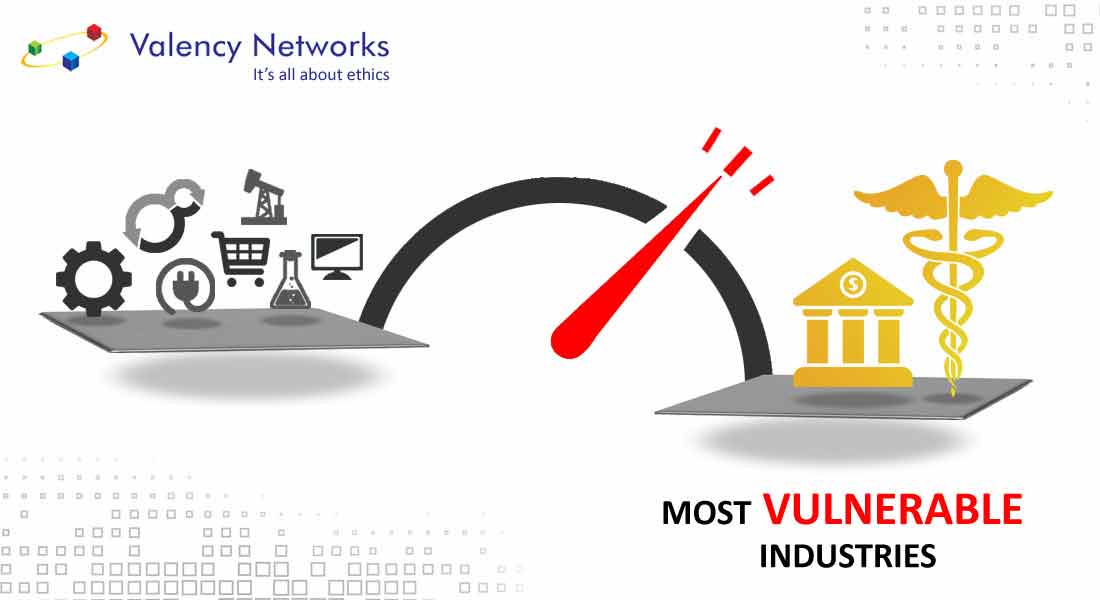Cloud Penetration Testing Process
Cloud Application Security Testing
At Valency Networks, we pride ourselves on our meticulous approach to Cloud Application and Configuration Vulnerability Assessment and Penetration Testing (VAPT). Here's an insider's look at how we ensure accuracy, introduce our expertise, and safeguard your digital assets throughout the entire process.
In the dynamic realm of cloud application security testing, our approach at Valency Networks recognized among the top VAPT companies globally, is comprehensive and meticulous. Our journey begins with a thorough analysis of your cloud infrastructure, where certified cloud security experts meticulously identify vulnerabilities and assess potential risks. Leveraging cutting-edge methodologies, we tailor our strategies to align with industry best practices, ensuring a robust defense against emerging threats.

As one of the best cloud security companies, we pride ourselves on deploying advanced tools and techniques to conduct in-depth penetration testing. Our team of expert cloud security consultants brings unparalleled proficiency to the forefront, utilizing their industry knowledge to simulate real-world cyber threats and evaluate the resilience of your cloud applications. This hands-on approach allows us to pinpoint vulnerabilities, offering valuable insights into potential weaknesses that could be exploited by malicious actors.
Our cloud VAPT process encompasses a collaborative partnership with your team, fostering knowledge transfer and empowering your organization to maintain a vigilant security posture. Throughout this engagement, our certified cloud security experts not only identify vulnerabilities but also provide strategic recommendations for remediation. This collaborative effort ensures that your cloud environment remains secure and resilient in the face of evolving cyber threats.
At Valency Networks, we transcend the conventional to deliver unparalleled cloud security solutions. As expert cloud security consultants, our commitment is to empower businesses with robust defenses, setting new standards in the realm of cloud application security testing. Partner with us to experience a transformative approach that prioritizes not just security, but the strategic fortification of your digital assets in the ever-evolving cloud landscape.
Before Testing Starts:
This is How We Do It:
Sign NDA:
Before we delve into the intricacies of your cloud environment, we establish a foundation of trust. Signing a Non-Disclosure Agreement (NDA) ensures the utmost confidentiality, setting the stage for a secure collaboration.
Freeze on Scope:
Precision is key. We work closely with your team to freeze the scope of the VAPT. This involves defining the boundaries and limitations of our testing, ensuring a focused and efficient assessment.
Study Cloud App Architecture:
Our journey begins with a deep dive into your cloud application's architecture. We meticulously study data flows, API integrations, server configurations, and dependencies, laying the groundwork for a comprehensive assessment.
Study Cloud User Roles:
Understanding your user roles is paramount. We analyze the privileges associated with different roles, allowing us to simulate real-world scenarios during testing and identify potential vulnerabilities.
Decide Attack Vectors and Prioritize:
We leverage our expertise to decide on attack vectors. By prioritizing these vectors based on risk and potential impact, we tailor our approach to address the most critical security concerns first.
Allocate Single Point of Contact:
Communication is the linchpin of successful testing. We allocate a dedicated single point of contact on our end to streamline communication with your team, ensuring a seamless and efficient testing process.



